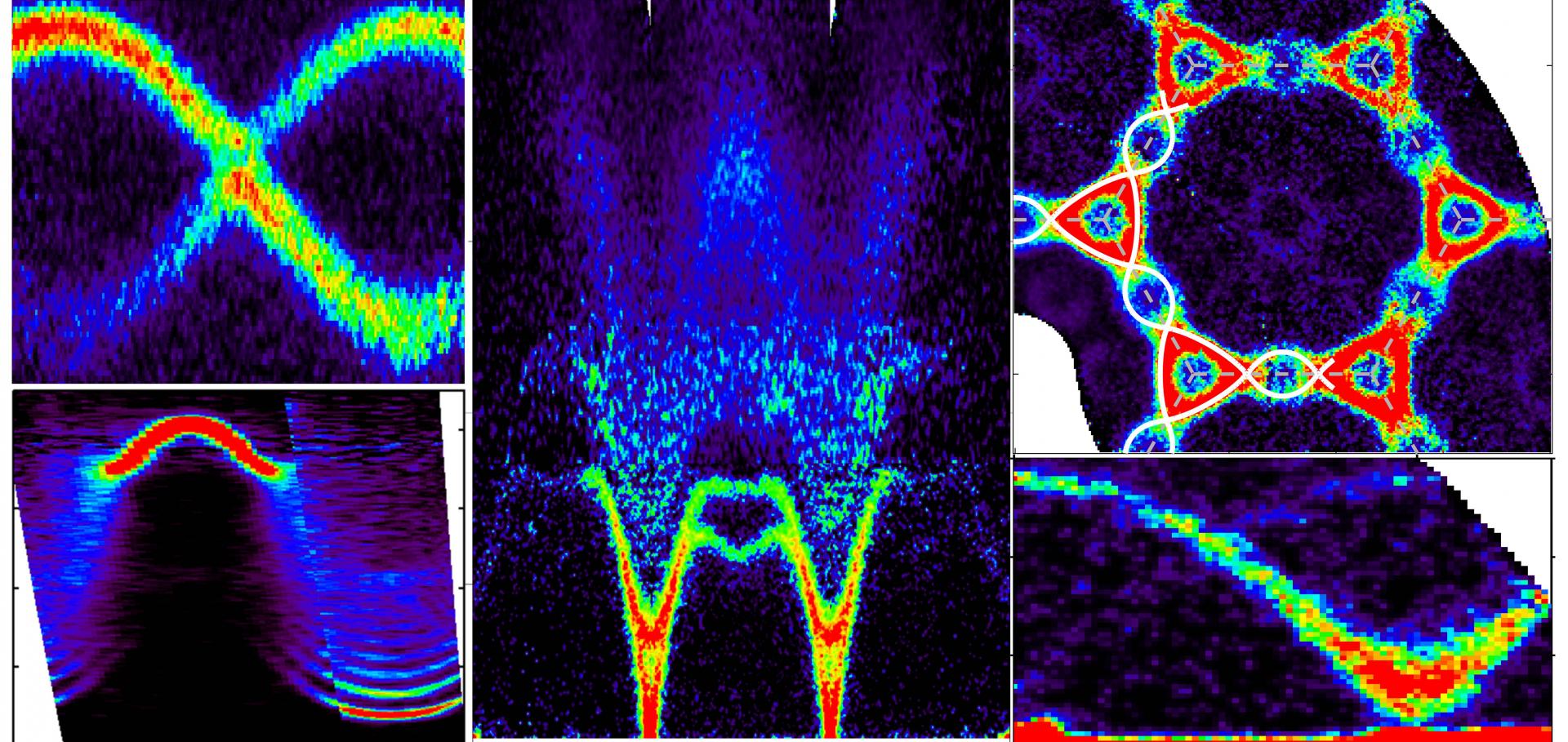Spin dynamics of the 2D spin 1/2 quantum antiferromagnet copper deuteroformate tetradeuterate (CFTD).
Phys Rev Lett 87:3 (2001) 037202
Abstract:
The magnetic excitation spectrum in the two-dimensional (2D) S = 1/2 Heisenberg antiferromagnet copper deuteroformate tetradeuterate has been measured for temperatures up to T approximately J/2, where J = 6.31+/-0.02 meV is the 2D exchange coupling. For T<Multiparticle states in the S = 1 chain system CsNiCl3.
Phys Rev Lett 87:1 (2001) 017201
Abstract:
A continuum of magnetic states has been observed by neutron scattering from the spin-1 chain compound CsNiCl3 in its disordered gapped one-dimensional phase. Results using both triple-axis and time-of-flight spectrometers show that around the antiferromagnetic point Qc = pi, the continuum lies higher in energy than the Haldane gapped excitations. At 6 K the integrated intensity of the continuum is about 12(2)% of the total spectral weight. This result is considerably larger than the 1%-3% weight predicted by the nonlinear sigma model for the three-particle continuum.Spin waves and electronic interactions in La2CuO4.
Phys Rev Lett 86:23 (2001) 5377-5380
Abstract:
The magnetic excitations of the square-lattice spin-1/2 antiferromagnet and high- T(c) parent compound La2CuO4 are determined using high-resolution inelastic neutron scattering. Sharp spin waves with absolute intensities in agreement with theory including quantum corrections are found throughout the Brillouin zone. The observed dispersion relation shows evidence for substantial interactions beyond the nearest-neighbor Heisenberg term which can be understood in terms of a cyclic or ring exchange due to the strong hybridization path around the Cu4O4 square plaquettes.Experimental realization of a 2D fractional quantum spin liquid.
Phys Rev Lett 86:7 (2001) 1335-1338


